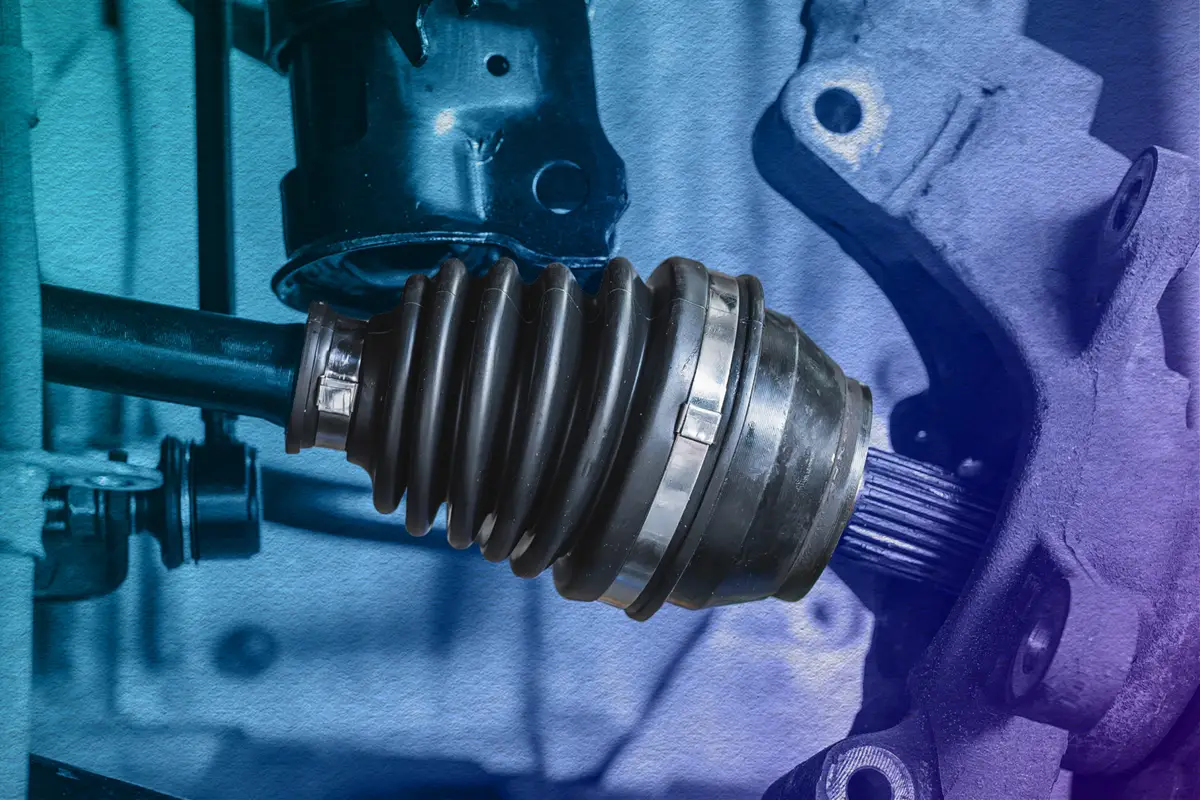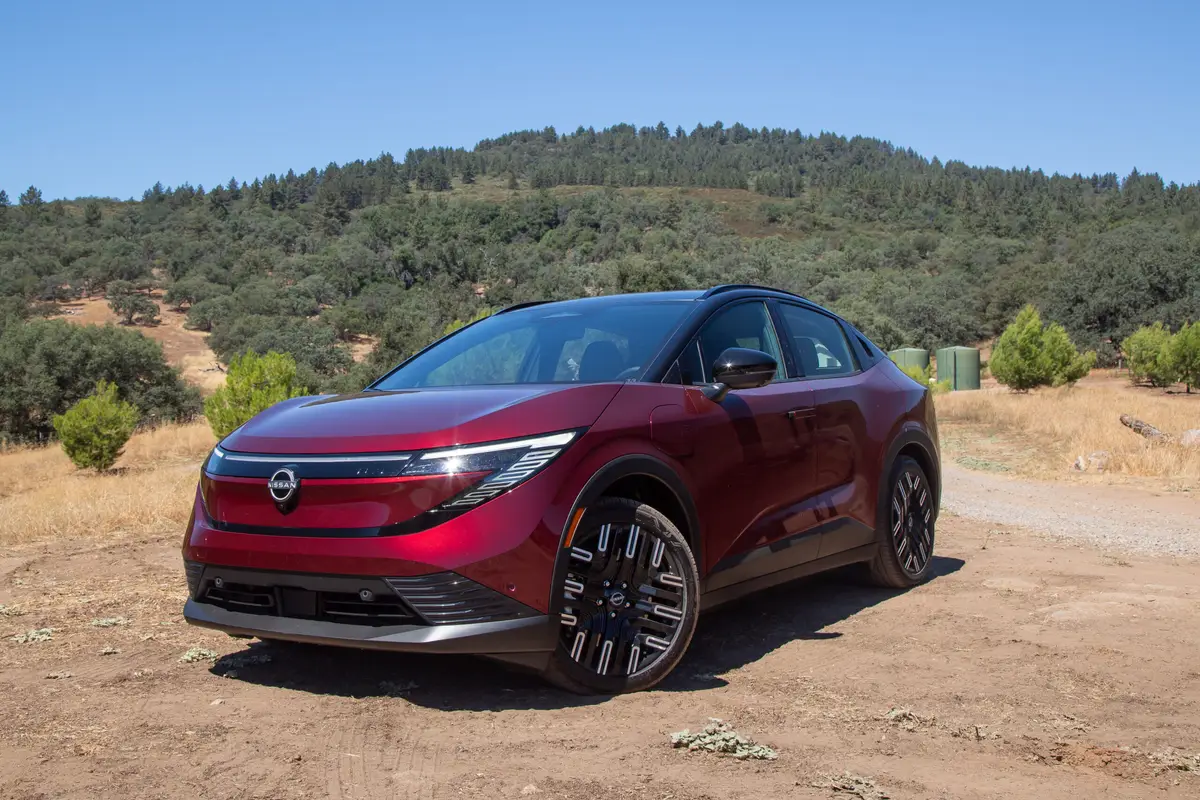IndyStar.com's view
Oldsmobile Division is covering its bets on both ends of the image spectrum for 1997.
For the sporting types, its Olds Aurora four cam, 32-valve V-8 will power cars in the 1997 Indianapolis 500-Mile Race. For drivers of a more conservative nature, there will be a new 1997 Oldsmobile Cutlass sedan.
Designed to replace the 14-year-old Cutlass Ciera, the division’s best- seller, the ’97 Cutlass is designed to establish a new identity and attract import owners who were once Oldsmobile owners.
The front-wheel drive car, which debuted at the recent Chicago Auto Show, continues a long heritage for the Cutlass nameplate.
The Cutlass will be built at General Motor’s assembly plant in Oklahoma City, Okla., and will appear in dealer showrooms later this year. The price is expected to be in the mid-to-upper teens.
The exterior styling really doesn’t break any new ground. It fundamentally is state-of-the-art aerodynamics with a low front section, curving body lines, and a relatively short rear deck. Olds’ management feels that this will appeal to Cutlass traditionalists who want something new without getting way off base from the past.
The five-seat interior has its own flair, with a curving instrument panel that flows around the driver so as to keep everything within easy sight and easy reach.
Front seats are the standard layout — individual seats separated by a console that holds the shift quadrant for a four-speed automatic transmission. Temperature and stereo controls are located in the middle of the dashboard. Instrumentation includes a speedometer, tachometer, fuel and temperature gauges, plus a mileage odometer.
These, plus the standard Olds controls and comfort-and- convenience accessories insure that present and former Cutlass drivers will feel right at home when the slide behind the wheel.
Size-wise, the ’97 Cutlass is just about the same as its predecessor. The wheelbase is fractionally shorter at 107 inches. Overall length is a little more than an inch shorter, at 192 inches.
While stylists may have been working within certain constraints from the past, the engineers stood on the gas.
Starting with a blank computer screen, Cutlass’ engineers have given this care more structural rigidity than its predecessor, along with its inherent qualities of lower noise levels and passenger safety. The so-called clean sheet approach has resulted in a world-class body structure.
Under the direction of vehicle chief engineer Denny Mooney, engineers installed a stiffness in the Cutlass’ body that is just shy of that possessed by the Aurora, considered one of the most rigid chassis on the market.
The degree of rigidity in the body structure has a direct effect on how the car performs. So the increase in resistance to torsional and bending forces was achieved by such design innovations as a one-piece inner wheelhouse that is strengthened by a heavier rear strut cap.
The new Cutlass has a fold- down rear seat back that allows additional c argo capacity in the trunk. On all four corners of the pass-through area, structural body reinforcements were incorporated to resist bending and twisting. Also assisting body stiffness was the addition of different thicknesses of steel in the upper and lower segments of the center pillar.
The car is also equipped with acoustical enhancers and noise absorbers that minimize unwanted vibrations.
The car’s primary purpose is to be a people mover, not a race car. Hence, the suspension is MacPherson strut in the front and multi- link independent in the rear. It is designed to provide a smooth, easy ride, not to be an all-conquering force in a road race.
The 2.4-liter four cylinder engine is fairly high-tech in that it is a dual overhead cam that’s good for 150-horsepower. Optional is a 3.1-liter push rod/rocker arm V-6 which puts out 10 more horses.
A guess is that the V-6 is going tobe the preferred package, since in six-cylinder form, the new car can offer more in the way of horse power and torque than it can with the 2.4.
Latest news



